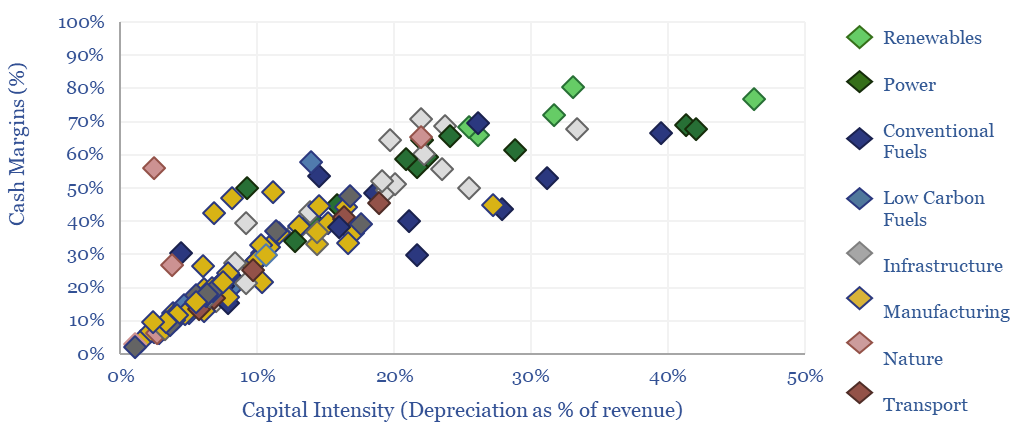
…Ammonia, Carbon Fiber, Cement, Copper, Cyanides, Desalination, Glass, H2O2, Hydrogen, Industrial Gases, Lithium Batteries, Methanol, NaOH/Cl2, Nitric Acid, Paper, Plastics, Silicon, Silver, Steel, Wood Products. As a rule of thumb,…
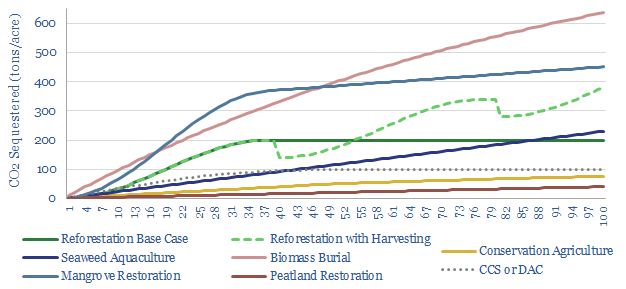
…locking up the carbon in the wood products for centuries (note below). Our numbers assume that one-third of the forest’s carbon is lost due to harvesting and in processing forest…
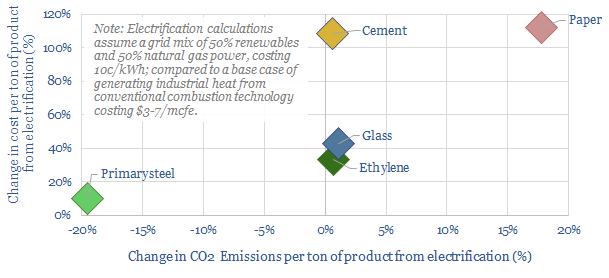
…wood offcuts and other sustainable biomass, currently used as a low carbon fuel. A comparison of the costs and CO2 intensities of different electrification technologies ties all of our work…
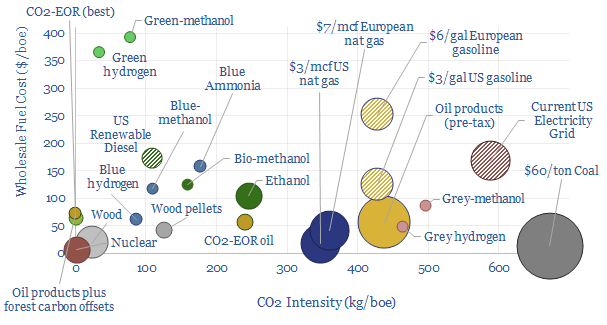
…coal, wood, nuclear, biofuels, methanol, hydrogen, CO2-EOR products and the US electricity grid for comparison. Good rules of thumb are that $60/ton coal equates to thermal energy at 1c/kWh-th, while…
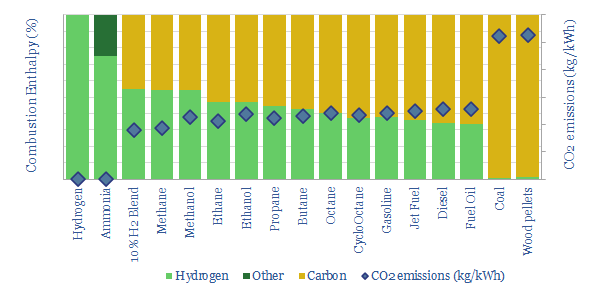
…a CO2 intensity of 0.19kg/kWh. Similar calculations are contained in the data-file for hydrogen, ammonia, methanol, ethane, ethanol, propane, butane, octane, gasoline, jet fuel, diesel, fuel oil, coal and wood…
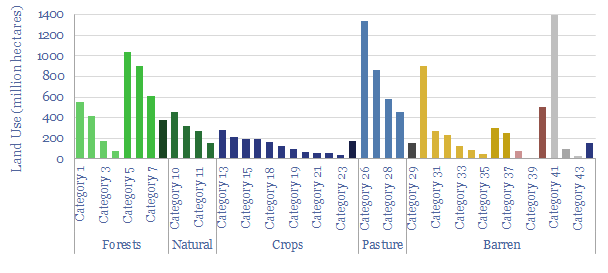
…actively managed forecasts can absorb more carbon than mature forests (summary here, wood carbon credentials here). We still think Finland’s forestry industry makes for a very interesting case study here….
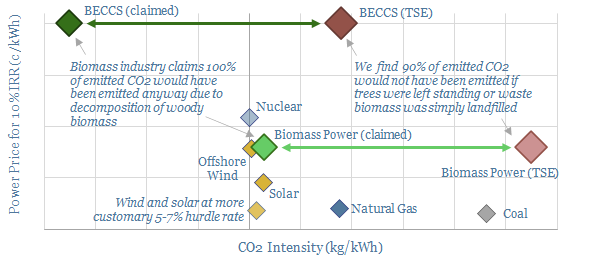
20% of Europe’s renewable electricity currently comes from biomass, mainly wood pellets, burned in facilities such as Drax’s 2.6GW Yorkshire plant. But what are the economics and prospects for biomass…
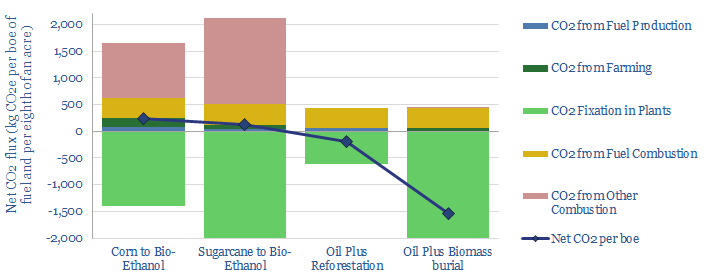
…Another concept is to bury wood for carbon sequestration. Company implications are summarized, suggesting how the ethanol industry might be displaced, and quantifying the CO2 intensity of incumbents (page 12)….
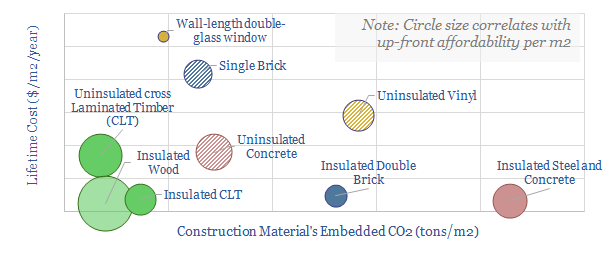
The construction industry accounts for 10% of global CO2, mainly due to cement and steel. But mass timber could become a dominant new material for the 21st century, lowering emissions…









